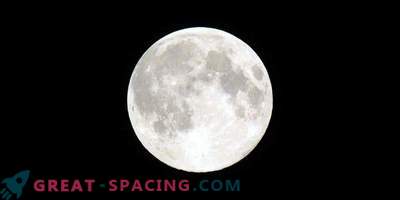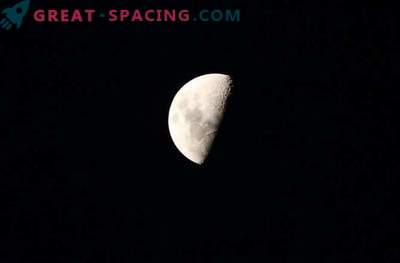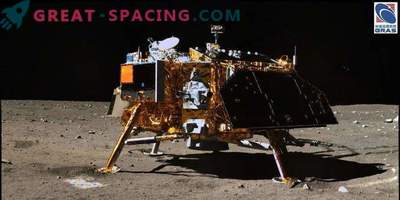
On January 3, China’s actively developing space program reached its first goal - landing on the far side of the moon, which brought the country closer to the desire to become a leader in space research.
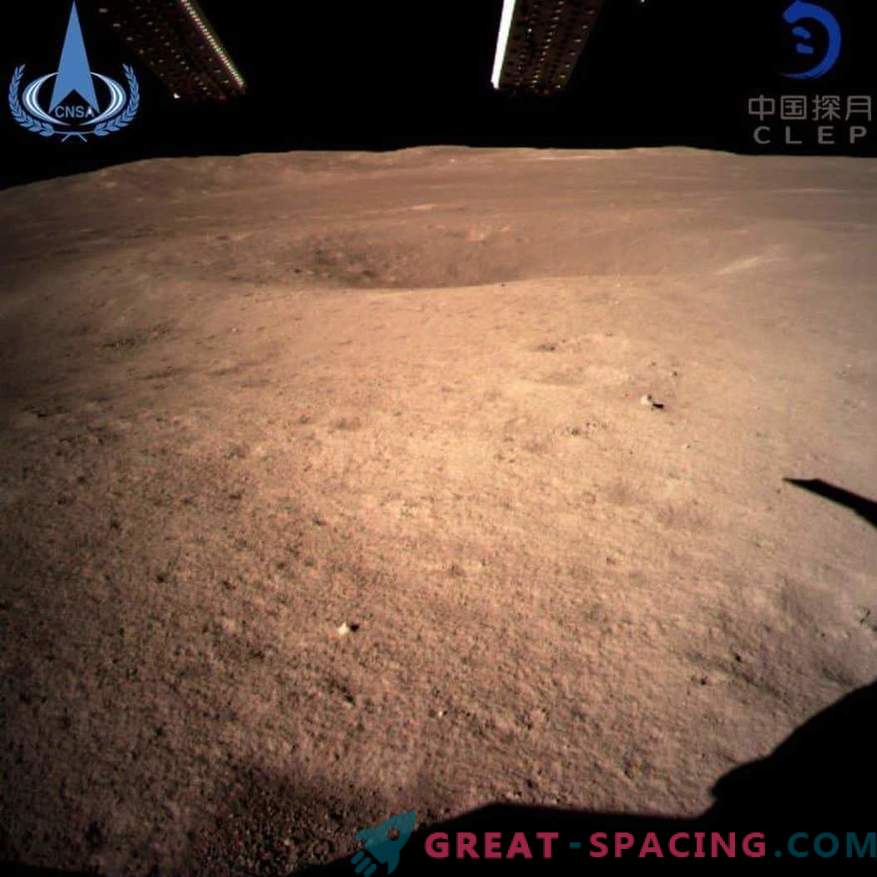
This is the first photograph of the far side of the moon, taken on January 3, 2019 by the Chinese probe Chang'e-4. The device managed to perform the first landing in history on the dark side of the Earth satellite, landing on the morning of January 3
Three countries (USA, USSR and China) were able to send spacecraft to the near side of the moon, which is turned to our planet. However, the new mission seems unique, because no one has previously landed vehicles on the dark side of the moon. The photograph sent from Chang'e-4 shows a small crater illuminated by the light of a lunar explorer. The name comes from the name of the moon goddess in Chinese mythology, who has lived on the moon for thousands of years.
A successful landing demonstrates China’s growing desire to compete with Russia, the United States and Europe in the space arena. If we talk in a wider sense, then we are talking about increasing the importance of China. For residents of the country, the launch of Chang'e-4 on December 8, 2018 became almost a national holiday.
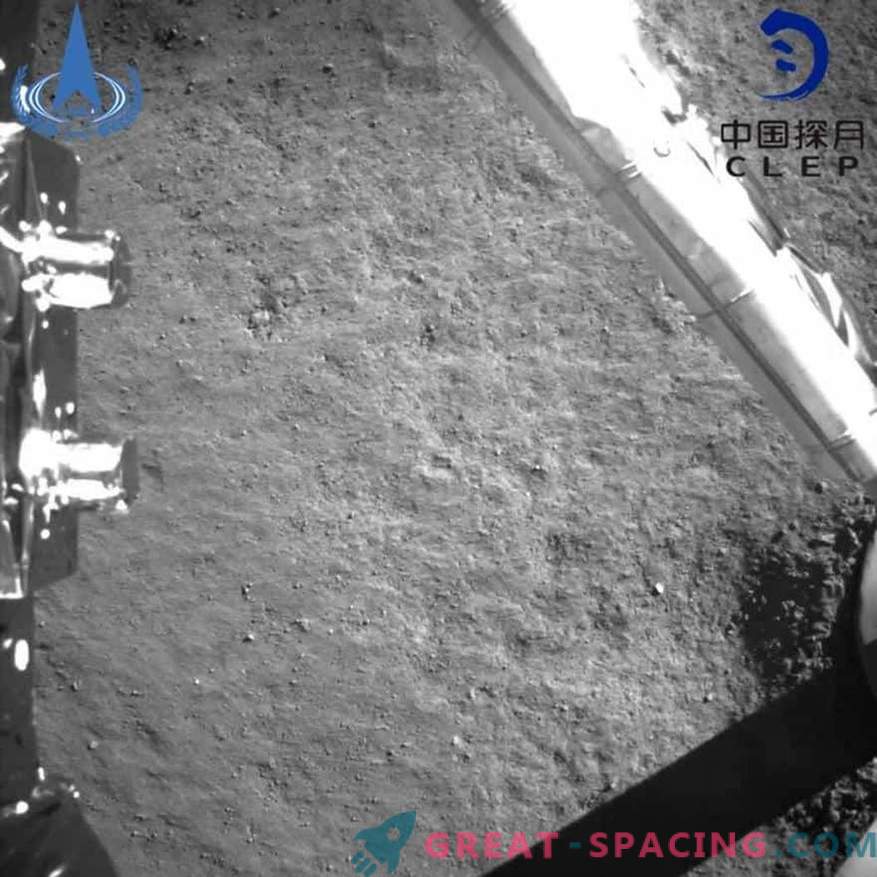
The Chinese probe Chang'e-4 sent this photo after landing on January 3, 2019. This is the first device to land on the far side of the moon. Landing performed on Thursday morning It is worth noting that Chinese technologies are still lagging behind the western ones, but a good landing on the dark side of the earth satellite is a strong move and motivation for the whole country to move forward. In 2013, Chang'e-3 performed a landing on the moon after the Luna-24 apparatus from the USSR in 1976. The United States is the only country that has managed to send people to the satellite, but China has long been considering a similar mission.
In the near future, it is planned to send the probe Chang'e-5, so that it can extract the lunar samples and return them to Earth. This has not been repeated since the days of the Soviet mission in 1976. The reverse side of the moon is not always dark, but it is called such because it is not visible from Earth and little is known about it. It is interesting that there is a different composition on it than on the turned to our planet, where there were previous missions.
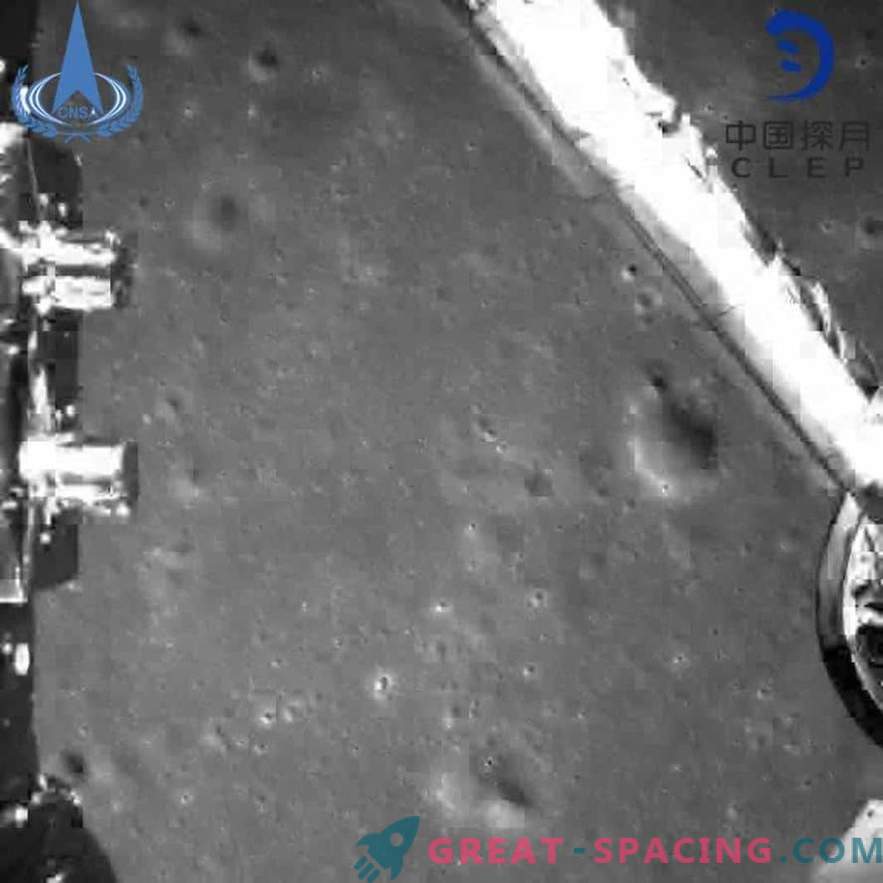
This is a photo from Chang'e-4, obtained on January 3, 2019 during landing. This is the first device to land on the far side of the moon. Landing performed on Thursday morning
Chang'e-4 is a combined landing gear and all-terrain vehicle that will perform astronomical observations and study the structure and mineral composition of the terrain above and below the surface. It is also important that the far side of the moon is considered a quiet place, which is not affected by the noise of terrestrial radio signals. Therefore, the probe is able to fill the gap in the low-frequency studies of radio astronomy. However, the probe must communicate with the Earth. Therefore, China launched a repeater satellite back in May to receive information back and send commands.
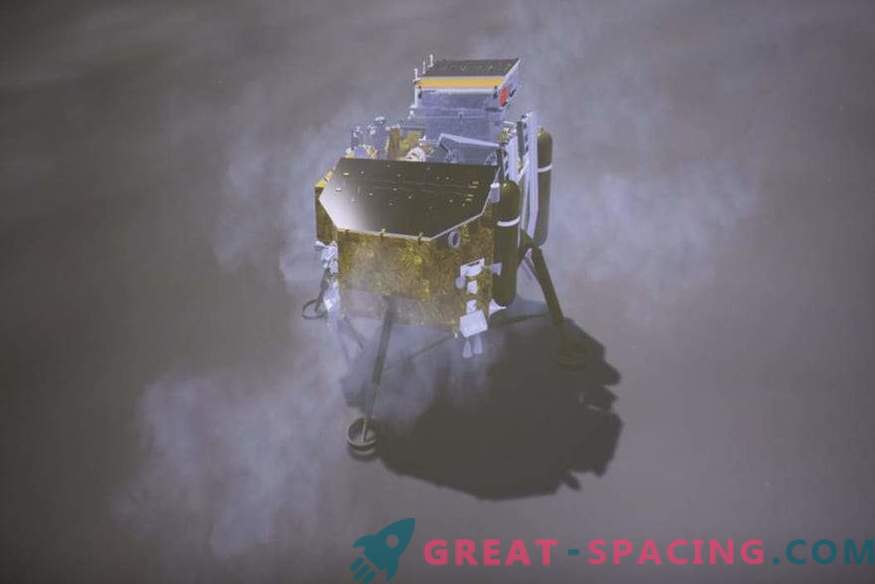
The photo shows a simulated landing process of the lunar probe Chang'e-4 on January 3, 2019. This is the first device to land on the far side of the moon. Landing performed on Thursday morning
China conducted the first space crew mission in 2003, becoming the third country to do this after Russia and the United States. Now the plans include the creation of a permanent orbital station and the launch of the rover in the 2020s.
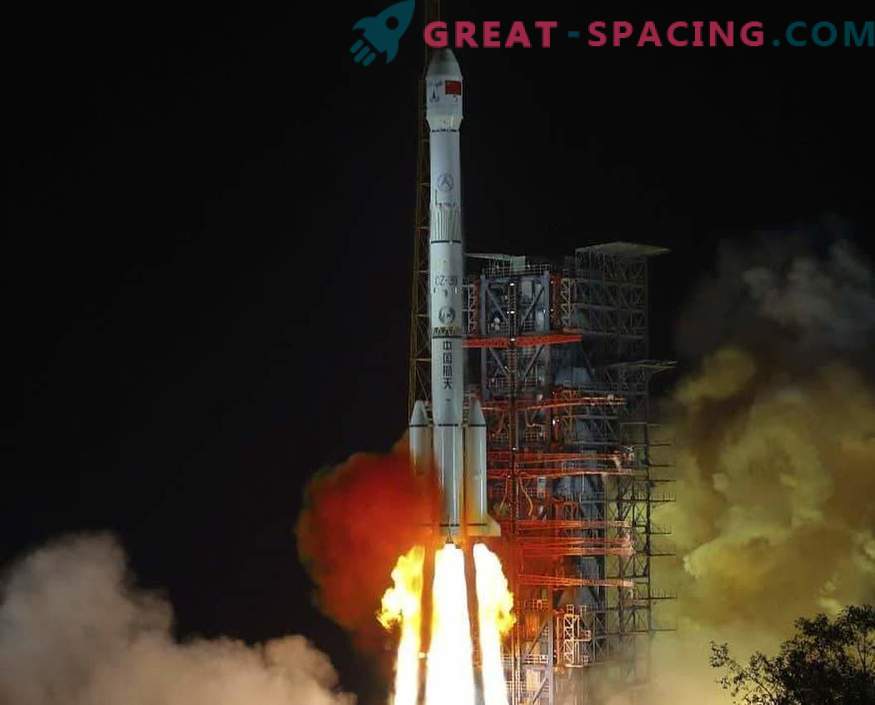
The image of December 8, 2018 shows the launch of the Chang'e-4 lunar probe from the Xichang launch center in southwest China. On the morning of January 3, 2019, the probe landed successfully on the far side of the moon.
The reverse side of the moon is an excellent location for research, because it is a quiet place, devoid of the influence of terrestrial radio signals. Perhaps in this way it will turn out to look deeper into the Universe. Scientists will be able to return to the point of 50-100 million years after the Big Bang, when the first stars appeared, or even earlier.

